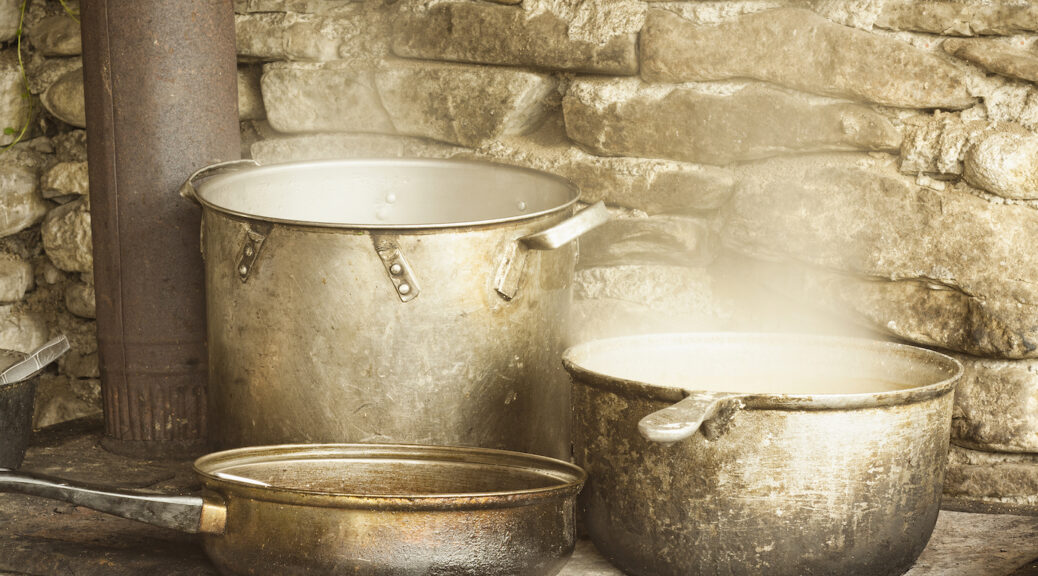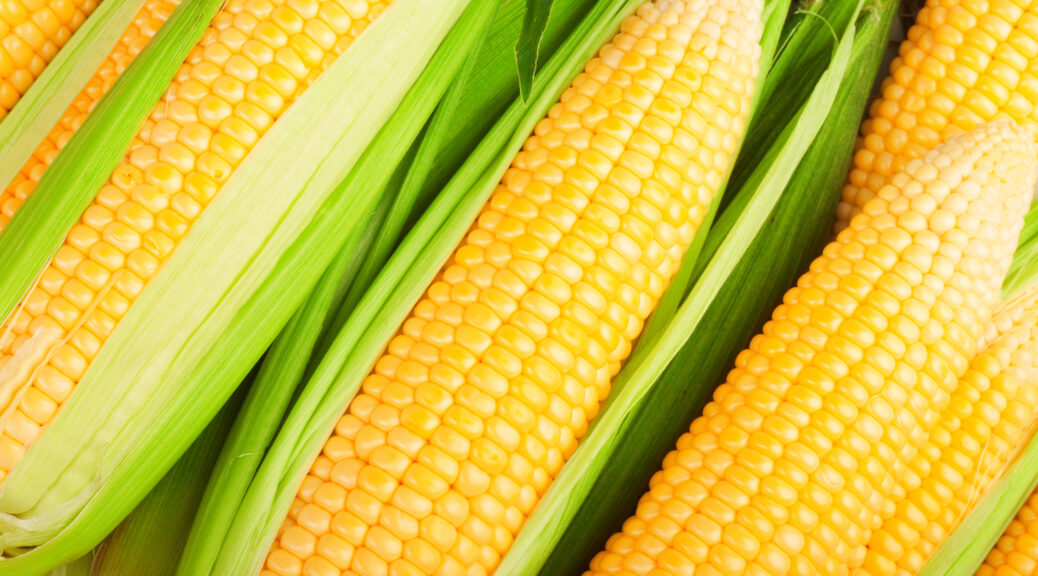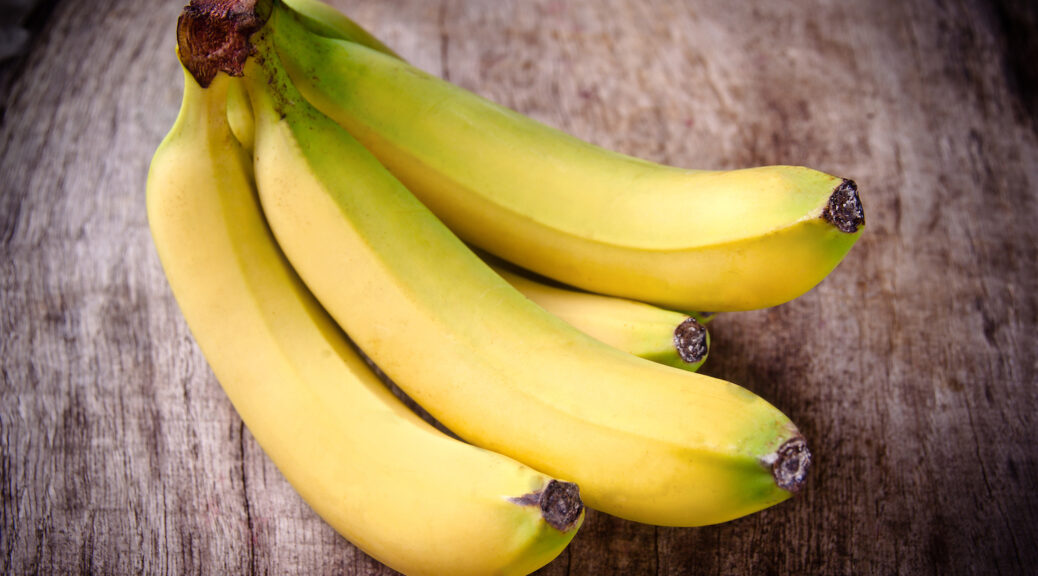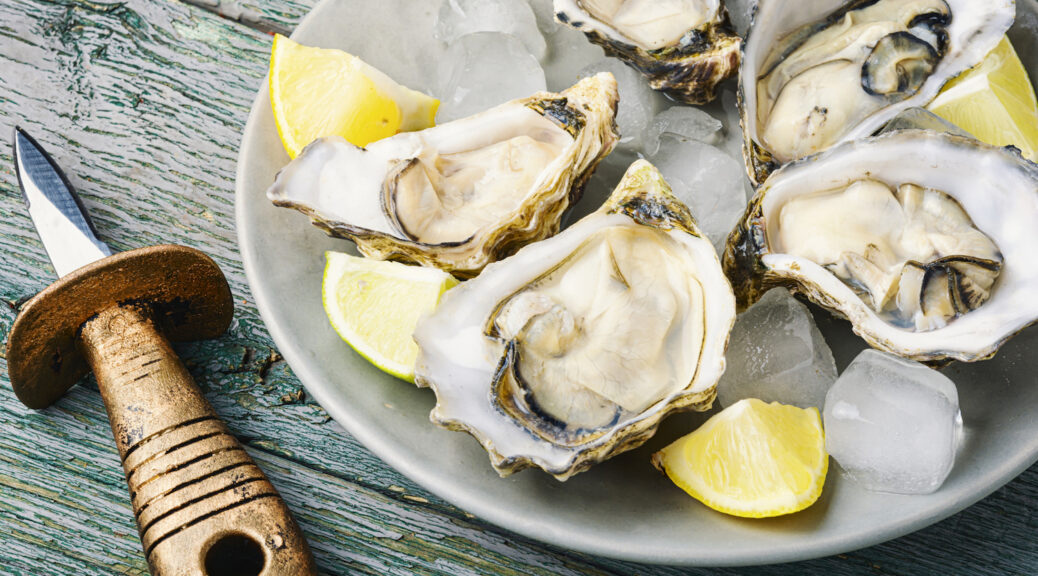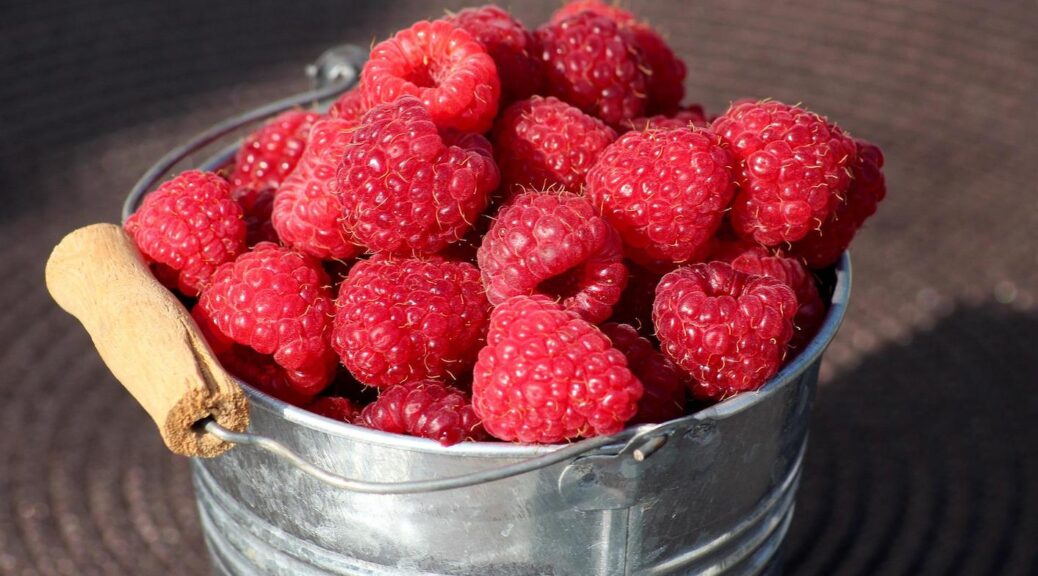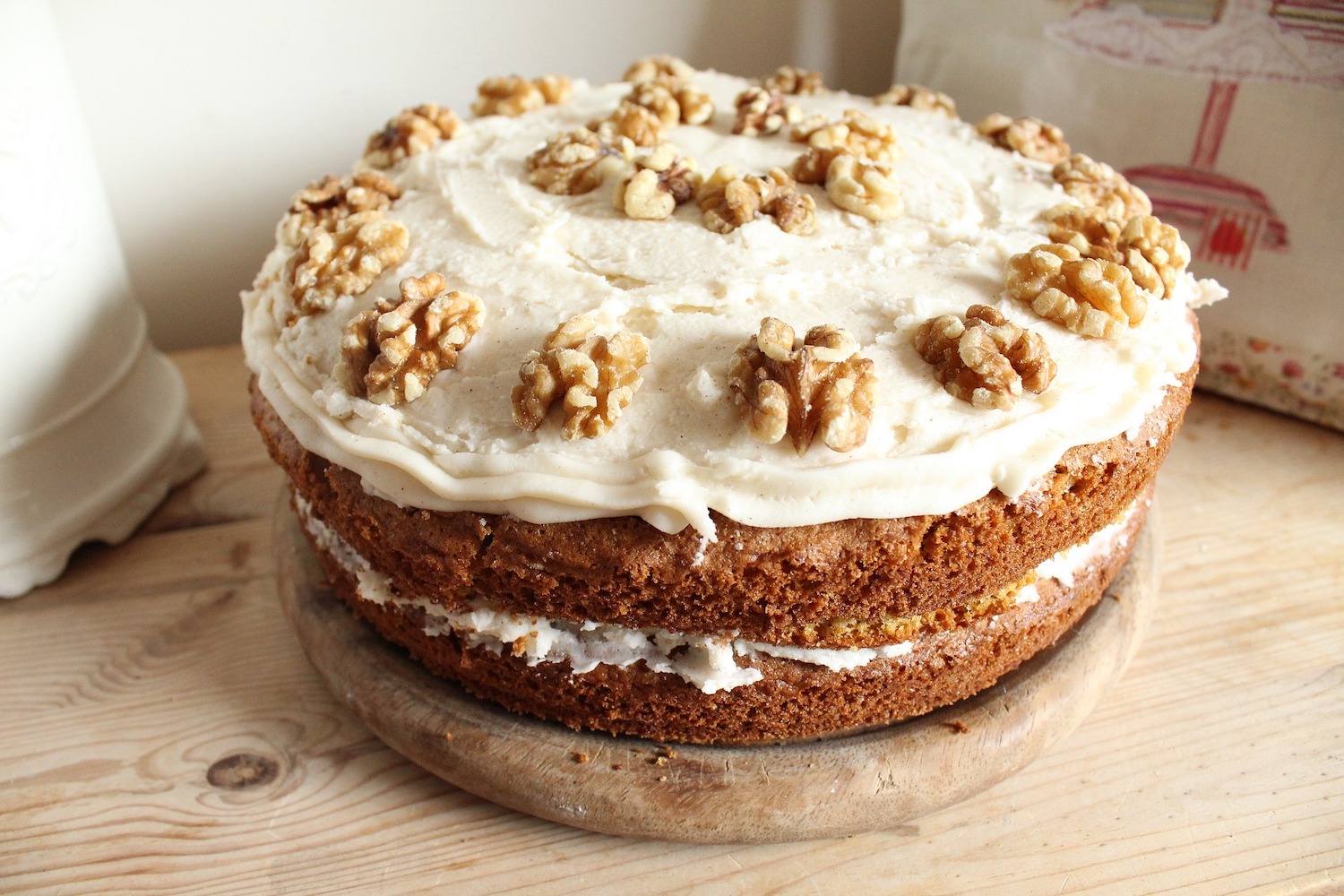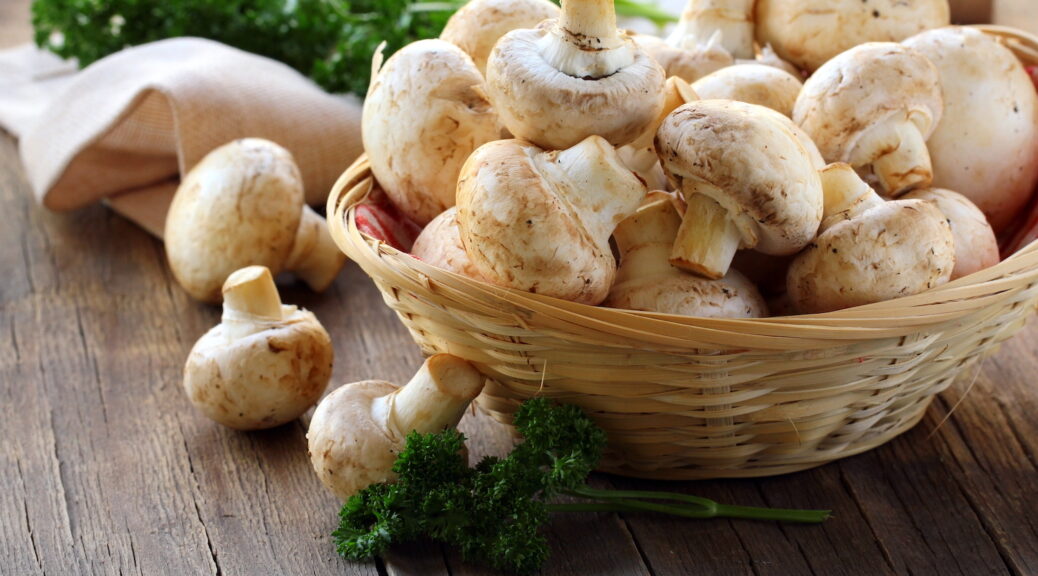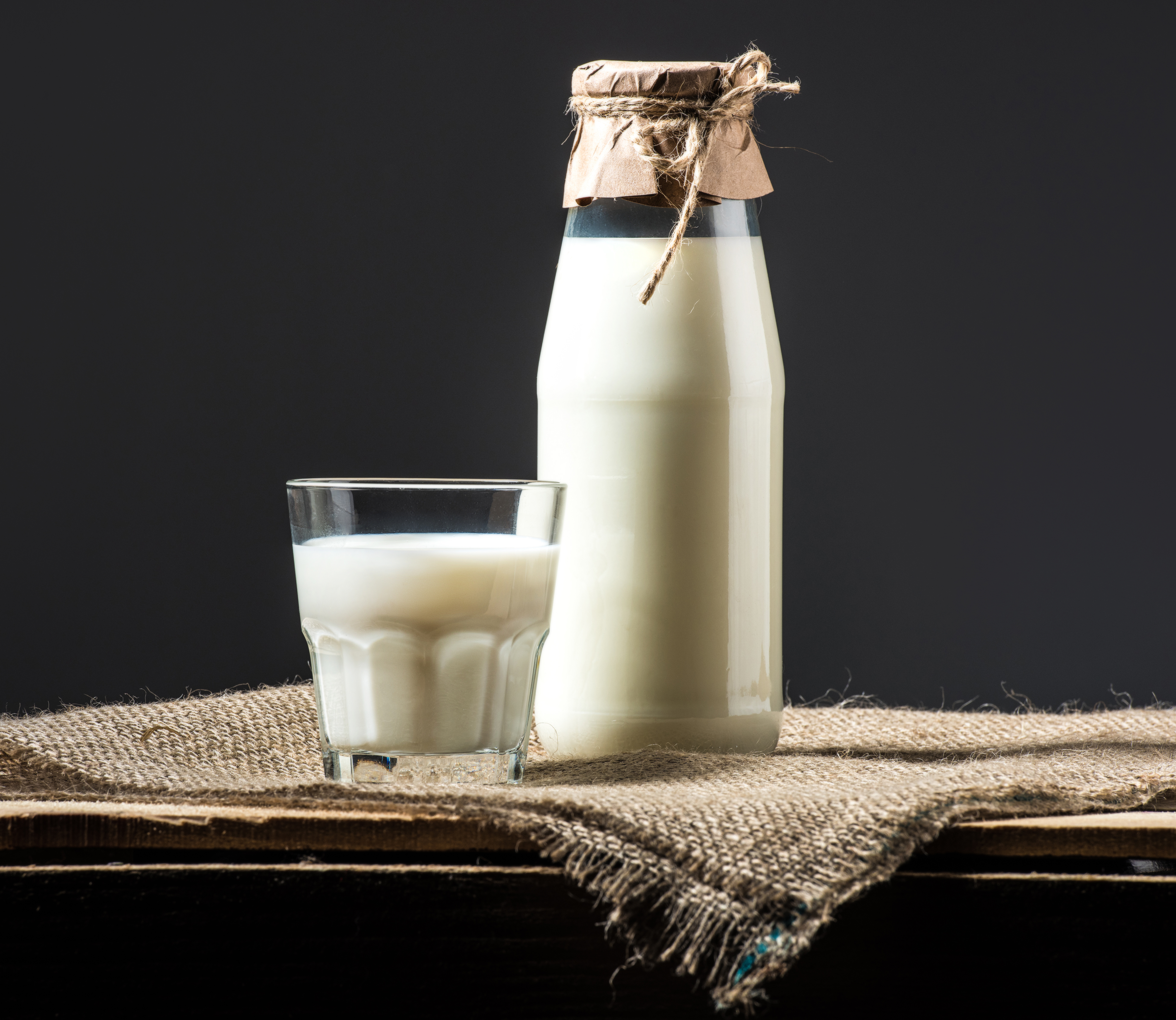Care of Cook Ware for Wood Burning Stoves
In the 1800s, you had to be careful of your cook ware or it might crack or warp. And if you used copper ware, it might even poison you! INFORMATION BELOW FROM 1800s COOKBOOKS NEW OVENS New ovens, before they are baked, should be heated half a day. The lid should be put up as soon as the wood is taken out. It should not be used for baking until it has been heated the second time. If not treated…
